When cyclist Cody McKay went to the doctors to investigate what he thought was a lung infection that was hampering his training, his world was turned upside down by the startling discovery of a life-threatening heart condition.
The good news? The ascending aortic aneurysm was caught early, and it was treatable. But didn’t mean the road to recovery would be easy. He also didn’t realize just how big of an impact he could have on others dealing with the same scary condition.
“In the months following my surgery, when I started sharing my experience on social media, I came to realize how many other active individuals are living the same isolating reality,” says Cody. “The experience inspired me to return to racing with a greater purpose than my own ambitions. In the past year, I’ve connected with countless heart patients around the world who have found a sense of community and hope through my story.”
The Ottawa, Canada-based ambassador soon after founded Project Heart, an awareness and community building effort that is also a fundraiser for the University of Ottawa Heart Institute. Already in 2024, Project Heart has raised over $7,000, which was matched by University of Ottawa Heart Institute Foundation partners and sponsors.
“I think [it is] important to encourage and support those who have been impacted by a heart diagnosis,” Cody says. “As I mentioned before, I really struggled with the human/lived experience side of my diagnosis. There is something to be said for community support. I strongly believe that sharing my story can help others who are on similar journeys find hope and some comfort.”
Read on to learn more about Cody’s journey, as well as how his condition inspired him to help others by raising awareness about heart health.
***

Tell me a little bit about yourself and how fitness and sports came into your life.
I am an Ottawa, Canada-based policy analyst who competes across multiple cycling disciplines. My partner, Emily, races for LA Sweat, so our house, our spare time, and our vacations are almost always entirely dedicated to the bike.
What was your road to becoming a high-level cyclist like? How did you discover cycling, and what did you like about the sport to pursue it at a higher level?
I bought my first road bike in 2015, shortly after moving to Ottawa for work. I was a cross-country and track and field athlete in university and college, but following graduation – with no structured training or races on the horizon -- I quickly found myself falling out of love with the sport. With my first consistent paycheck in hand, I decided to buy a road bike and give it a try.
I was completely new to road bikes and did not even know how to use the shifters. I distinctly remember having to Google how to change gears as I rolled out of the shop. But I quickly translated my running fitness to the bike and started dipping my toe into the competitive racing scene.

Tell me about the discovery of your heart condition. What prompted you to get examined, and how surprised were you at what they found?
In 2021, I had been dealing with some shortness of breath that was impacting my training and booked a doctor's appointment to help plot a path back to productive work. Following the chest X-ray for a presumed lung infection, the doctors discovered that I had an anomaly with my heart, which was later confirmed to be an ascending aortic aneurysm.
At the time, I was a relatively naive 29-year-old with little understanding of heart disease or aortic aneurysms. At first, I tried to brush it off as something that would resolve itself but quickly realized the life-threatening gravity of the situation I was in.
The aorta is the largest blood vessel in your body. I often describe it as the superhighway of your blood vessel network – think one of those big multi-lane highways in a major city – that delivers blood to the whole body. An aortic aneurysm is a ballooning of that blood vessel, spreading the tissue over a larger surface area and making it thinner and more delicate. The risk with aneurysms is that eventually they can dissect or tear through one of three layers of the vessel, or rupture, a significantly life-threatening incident.
The weight of the situation quickly crushed me. I went from thinking I was invincible to fearing that sneezing the wrong way could set off a chain reaction that would put my life in jeopardy. By extension, I also took a hiatus from the bike.
My cardiologist saw the impact the diagnosis was having on me and enrolled me in cardiac rehab – a rarity for those pre-surgery – to better understand how to safely live with the aneurysm. While I couldn’t train, lift heavy weights, or race, I was able to ride at an endurance pace. By the time 2022 rolled around, I was back on the bike full-time and put in approximately 16,000km in 11 months. My last ride was the afternoon before my surgery.

What type of surgery did you have? Are there high success rates for this type of surgery? How worried were you about the surgery and recovery?
On Dec. 5, 2022, I underwent open-heart surgery to have the aneurysm removed and replaced with a synthetic graft. The surgery involved a sternotomy (splitting my sternum in two, and butterflying it open) to access the heart.
I was then put on a cardiopulmonary bypass machine (CPB, also known as a heart-lung machine), which temporarily took over the function of my heart and lungs during the surgery. Once my heart was stopped, the surgical team clamped my aorta on either side of the aneurysm, cut and removed the diseased tissue, and replaced it with a synthetic graft. Finally, my heart was restarted, and I was closed up and sent to the ICU.
Despite high success rates for elective open-heart surgery, it remains highly complex and risky, which did weigh heavy on me. Despite a high likelihood of a full recovery, I wondered if I’d ever be the same cyclist, or even person, again.

What was the return to cycling like? Are you worried about your heart when racing and training?
The days in the hospital immediately following the surgery were incredibly challenging. I had two large tubes running out of incisions in my chest to drain fluid from the surgery, a pacer wire directly on my heart, a central line IV running from my neck into my heart, and a catheter. Those slowly came out one by one, as I was simultaneously weaned off some pretty strong painkillers.
Throughout the hospital stay, I was in considerable chronic pain and discomfort but did improve day by day. I was required to walk multiple times a day, starting with simply a few steps from the bed and back to eventually around the entire ward. Each time, I thought, “There is no way I am going to be able to do this,” and then I did.
I treated my recovery as a full-time job in the weeks following the surgery, with a lot of sleep, healthy food, and getting out for my prescribed walks. I was required to walk two times per day at an increasing distance per day.
At the six-week mark, my sternum was sufficiently healed to hold a little bit more weight, and I was given the green light to ride my bike on Zwift. It was a pretty emotional milestone. From there, I never looked back. I continued to increase my volume within the guidance of my medical team and had my stress test three months post-op.
Following that, I was cleared to train at intensity again and began to plot my comeback. My first race was a mere five months post-op. There were of course some minor reservations about pushing myself so quickly post-op, but it was all completed under the guidance of my medical team, and I took confidence in that.

As you went through all this, you also decided to make your journey very public. Why did you decide to share everything in such a public manner?
There remains a societal bias that heart disease is reserved for the elderly or those who have made “bad” life choices. As a 29-year-old competitive athlete, I never imagined it was a diagnosis I would face. After my diagnosis, I struggled to find relatable stories of other heart patients who were young and athletic, which left me feeling isolated.
In the months following my surgery, when I started sharing my experience on social media, I came to realize how many other active individuals are living the same isolating reality. The experience inspired me to return to racing with a greater purpose than my own ambitions. In the past year, I’ve connected with countless heart patients around the world who have found a sense of community and hope through my story.
Equally, 2023 felt different than previous years with many professional cyclists facing forced retirements and cardiac events. It reinforced that all of us, heart patients or not, stand to learn more about our hearts and how to be proactive about our heart health, especially if you are an active cyclist.

Project Heart – Tell us a little bit about it, how it got started, and why you felt the need to do more?
Project Heart is the next step in my journey of starting conversations about the heart and supporting existing heart patients around the world. It builds upon my grassroots efforts started in 2023, and focuses on three key pillars:
Raising Awareness About the Heart: Being members of the cycling community does not make us immune to a heart-related diagnosis. Through targeted activities, I am educating individuals about the risks of conditions related to the heart, and how to incorporate heart-healthy habits into their training and racing.
Overcoming Life-Altering News: Despite significant advances in cardiac care, medical conditions related to the heart are not well understood by the general population, resulting in individuals suffering in silence. Through one-on-one conversations, group discussions, and publicly sharing the human experience side of my story, I am supporting current and future heart patients who recognize that a heart-related diagnosis does not have to be the end of life as one knows it.
Raising Funds for the University of Ottawa Heart Institute: The University of Ottawa Heart Institute is Canada's premier cardiac center, and through both research and treatment, plays an important role in improving outcomes for heart patients. Through Project Heart, I am organizing unique experiences, like the Project Heart Fundraiser Jersey, that provide individuals an opportunity to financially support the Centre. This past Heart Month, Project Heart raised over $7,800 for the University of Ottawa Heart Institute, which was matched by University of Ottawa Heart Institute Foundation partners and sponsors.
Project Heart is also my racing team. I am thrilled to be heading into the 2024 season with the Project Heart title on my kit.
You can find out more about Project Heart at www.project-heart.ca.

What sort of an impact do you hope to have through this journey and through sharing your story publicly?
Mainly, I hope to educate individuals on heart health and share my own journey in order to connect and grow a positive community.
All of us stand to be proactive about our heart health: learning more about how our hearts work, and the challenges we can face in the future. Unlike those that compete at the highest level of sport, where the governing body, the UCI, has specific regulations around cardiac monitoring, the average passionate cyclist or aspiring professional does not have preventative monitoring.
I look at it like a game of cards -- each of us is dealt a different hand at the start of the game, some great, some OK, some not so great. Throughout the game, factors both in our control and out of our control can change the quality of the hand we hold.
Heart health is very similar. Some may be born with a “worse” hand and have a congenital heart defect. Others may develop issues with their hearts throughout life, both because of factors in their control or out of their control. That game of cards is one we play our entire lives, so it’s best to learn about it sooner rather than later.
Equally, I think it remains important to encourage and support those who have been impacted by a heart diagnosis. As I mentioned before, I really struggled with the human/lived experience side of my diagnosis. There is something to be said for community support. I strongly believe that sharing my story can help others who are on similar journeys find hope and some comfort.
How did you find Athletic Brewing non-alcoholic beer and the Athletic Brewing Ambassador program?
My relationship with alcohol changed as a result of my heart journey. Not only did I find myself reaching for alcohol less and less. That said, I did not have a strong desire to reach for the traditional non-alcoholic options offered, such as soda, because of their high sugar content.
I quickly found Athletic brews filling that void, finding it quickly became my go-to beverage for all occasions, and from there, I learned about the ambassador program. Recognizing the significant overlap between Athletic’s mission to have a positive impact on their customers, and my mission to empower individuals to take charge of their heart health, it was a no-brainer. I am thrilled to be back as an ambassador for the 2024 season and incorporate the amazing work of Athletic into Project Heart.

What are some of your proudest achievements?
I’m consistently humbled by the response I’ve received since starting my heart-related advocacy and launching Project Heart. At the end of the day, Project Heart is a passion project with a lot of hiccups and hurdles. Each time I ask myself why I am spending my spare time putting myself out there, I receive a message from a heart patient or an individual who has learned something new. When I get those messages, it reminds me that this project has a purpose and is making a positive impact on the lives of individuals around the world.
Do you have any bucket list races, events, or achievements you'd like to attain one day?
Running my own advocacy project and team means that I am given the flexibility to pursue whatever disciplines of cycling I want, so this is certainly a hard one to answer!
On the road cycling side of things, there are certainly some infamous races that I’d like to try someday. Tulsa Tough and Athens Twilight are two that immediately come to mind. I’ve always appreciated the Tour of America’s Dairyland and would like to try my hand at that someday.
On the mountain bike side of things, it is actually an event back home in the Maritimes that has captivated my imagination! Elgin 120 is a 120-kilometer MTB race with significant elevation and single track, and ample competition. I got into bikes at a competitive level after moving away from the Maritimes, so when there are events that can bridge me back to my childhood roots, it’s always special.
On the gravel side of things, I’d have to say Fistful of Dirt, as it takes place in Cody, Wyo., with previous editions on my birthday, Sept. 3. That is way too much coincidence to pass up!
Finally, for cyclocross, I’d say any of the races down in the New England area, such as North Hampton Cyclocross. I had the chance to spend some time with the good folks at JAM Fund last summer, and there is a reason some of the most prominent North American racers have come out of that area.

What is your favorite recovery food?
I try to make sure I am adequately refueling after my training, so depending on the length and intensity, it is some combo of carbs and protein. I’m not sure if I’m in the minority, but I love the Kirkland Cookie Dough protein bars, and I have been known to, on occasion, take a swig of pure maple syrup – very Canadian of me, eh? Emily is also an expert smoothie maker, so I will often go for one of those as well.
What do you like to do on rest days?
Trying to balance full-time work, high-caliber training and now an advocacy project means there is not a lot of time for traditional rest! So as of late, my rest days are taken up by working on my website, sending emails and responding to messages. Time management is proving to be my biggest asset in not getting overwhelmed and burnt out.
What gets you up and out of bed every day?
When I was first diagnosed with the aneurysm, I wondered if I would ever be the same athlete, or even the same person again. During the one and a half years or so between diagnosis and surgery, I was able to ride but was not able to train or compete. Now, on the other side of the surgery with no restrictions, I am back to my pursuit of throwing down with some of the best racers in North America.
I have always been driven by the process of training: finding those physical or mental limiters that seem impossible to break through and eventually finding a way to overcome them, then starting the whole process again.
I’ve been given a gift in the ability to return to competition following my heart journey, and every time I struggle to get out of bed or dread my training, I remind myself of that. Never take a day for granted, because you never know what life might throw at you!

What does living a life #FitForAllTimes mean to you?
For me, #FitForAllTimes is a reflection of how I like to live my life. Since my diagnosis, I’ve been seized with the desire to put my energy into things that improve my health, my life and the lives of those around me. Whether it is my relationships, my training, my diet, or my go-to drink, I want to make sure it is something that is #FitForAllTimes and is driving me toward that goal of being the best version of myself.
If you're interested in joining the Athletic Brewing Ambassador program, visit our Ambassador Community Page and sign up to be notified when applications open!


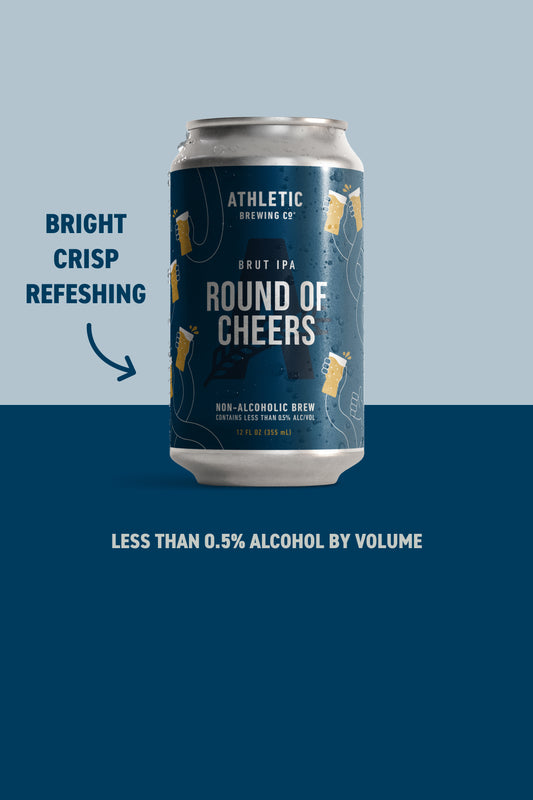
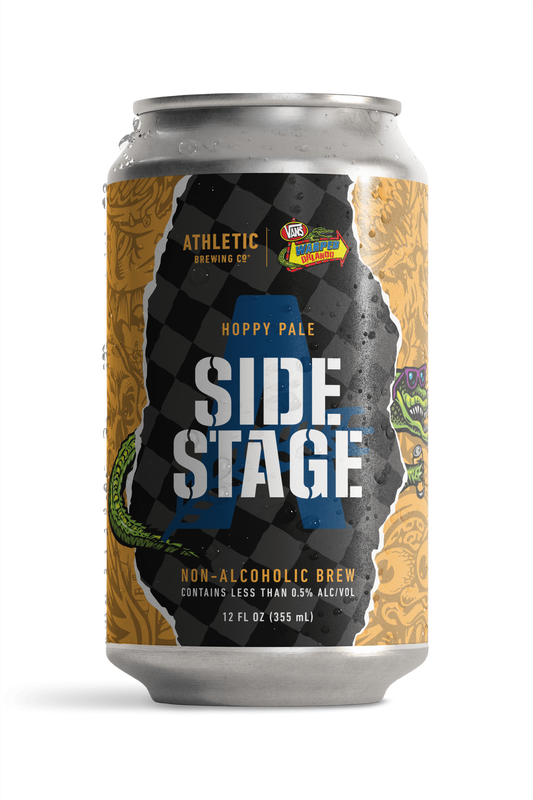

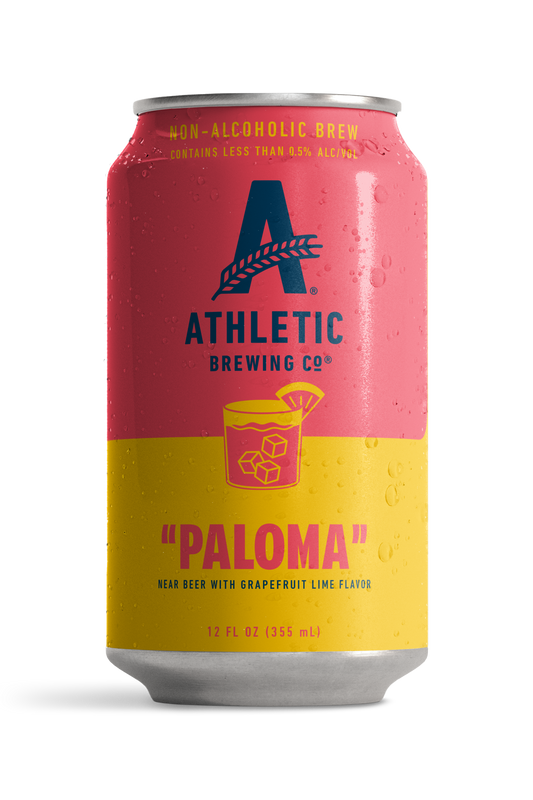
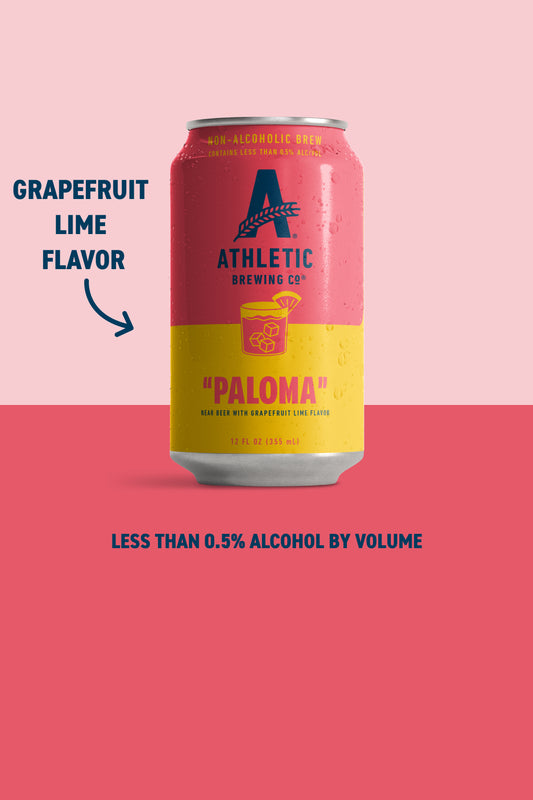


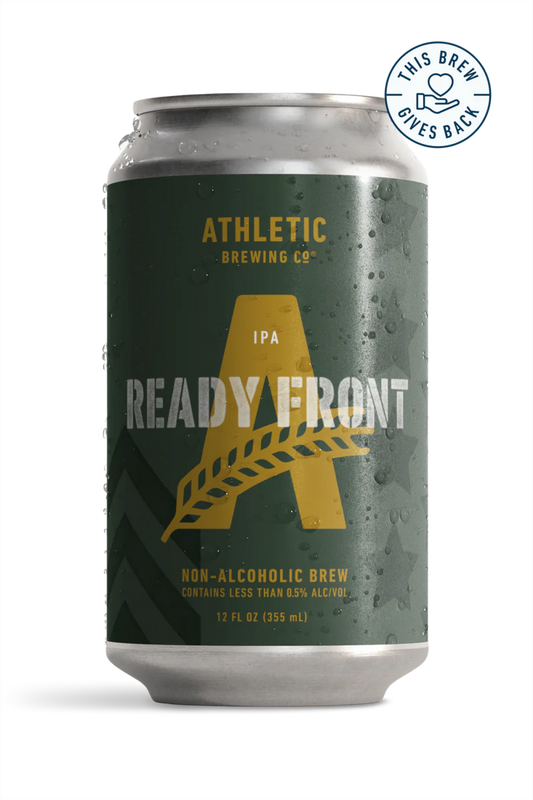
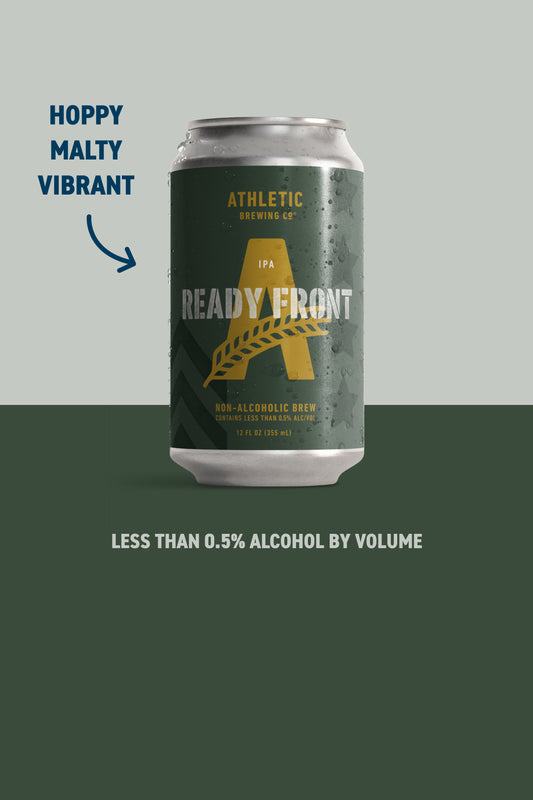
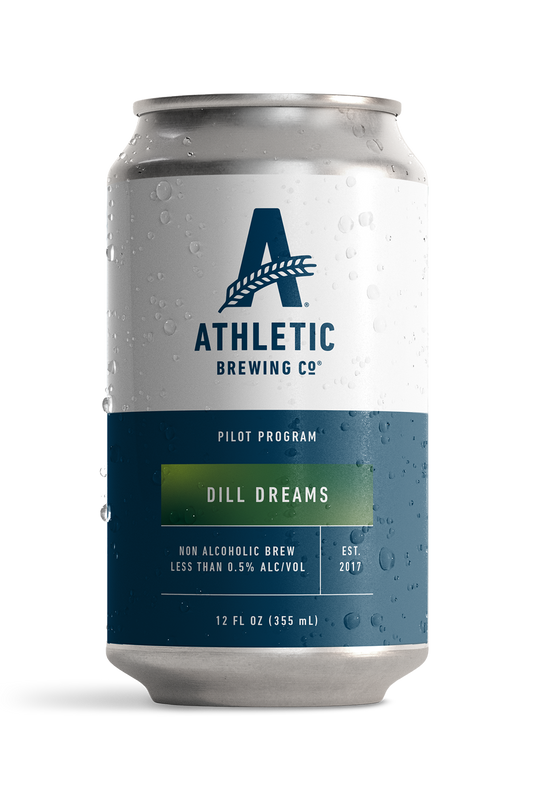

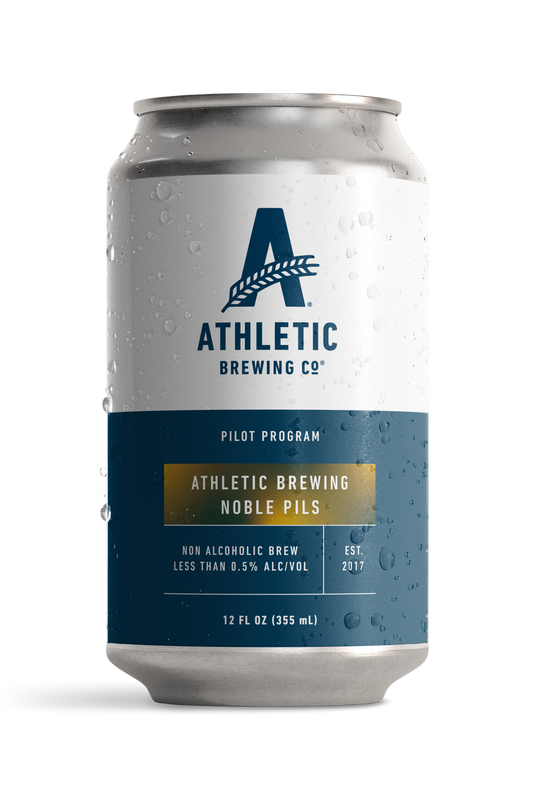
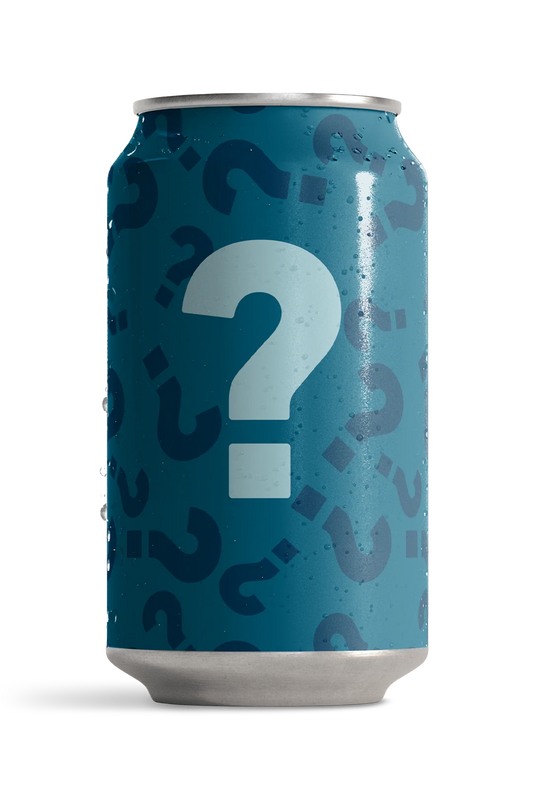













 Your Privacy Choices
Your Privacy Choices











